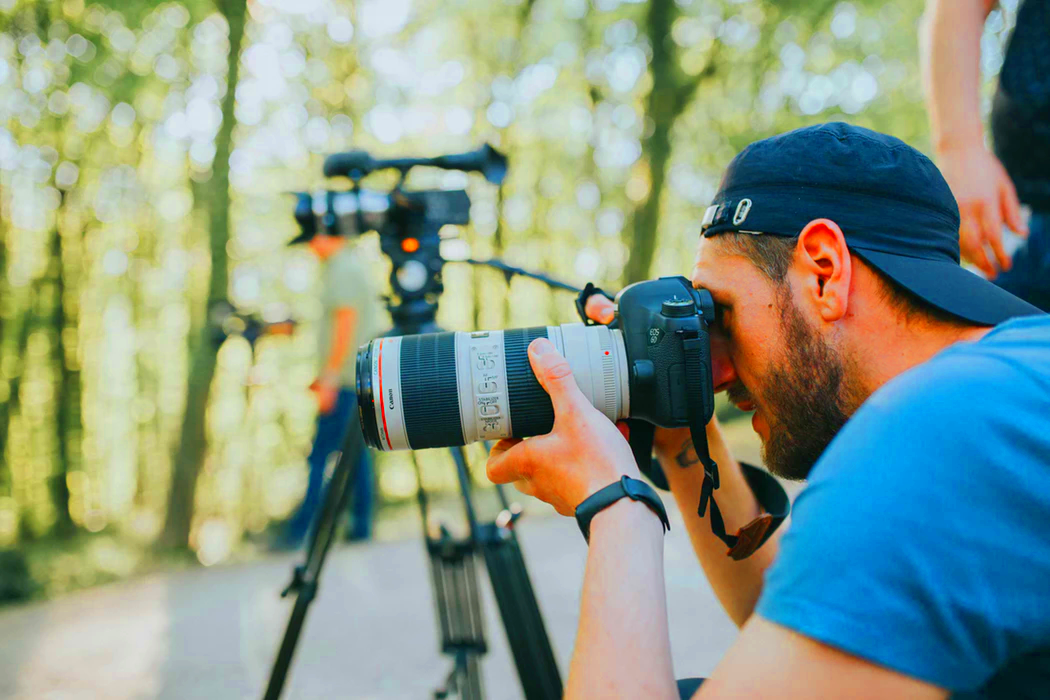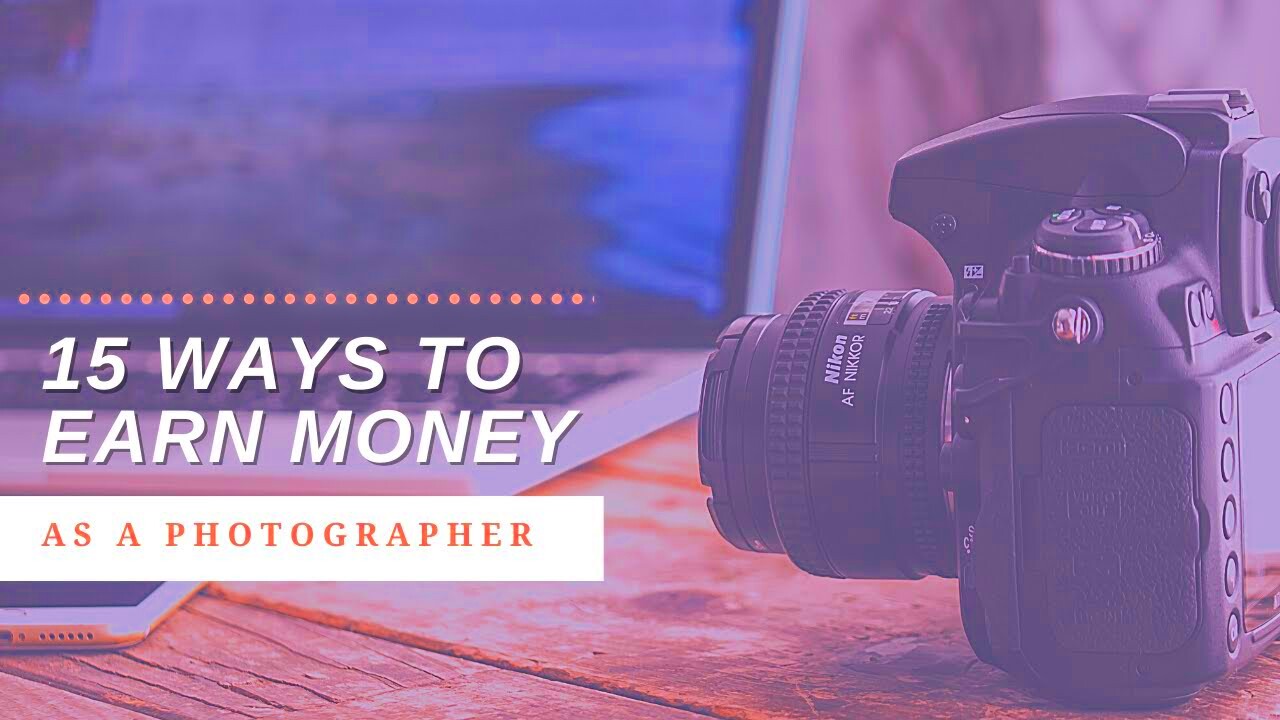Freelance photography is really an exciting field allowing photographers to operate independently by providing services such as covering events, taking portraits or shooting products among others. Since the introduction of digital media and social platforms there has been high demand for good pictures thus this creates an avenue for them to sell their skills and meet possible customers.
Nevertheless, competition in the marketplace can exist. In order to achieve success within their field, photographers must place emphasis not just on perfecting their abilities but also comprehend the market’s dynamics. It consists of knowing who the target population is, what types of services are sought after and how to promote oneself efficiently.
Factors Influencing Earnings for Freelance Photographers

Several factors can affect how much freelance photographers earn. Below are some important factors to pay attention to:
- Experience Level: More experienced photographers can typically charge higher rates due to their refined skills and proven track record.
- Specialization: Photographers who specialize in certain niches, like wedding photography or commercial photography, may earn more as they target specific client needs.
- Location: Earnings can vary significantly depending on geographical location. Urban areas with higher costs of living often allow photographers to charge more.
- Marketing Strategy: Effective marketing through social media, websites, and networking can attract more clients, impacting overall earnings.
- Quality of Work: High-quality work often leads to referrals and repeat business, boosting income over time.
Also Read This: How to Cancel a Late Order on Fiverr
Average Earnings of Freelance Photographers

Freelance photographers can have vastly differing income levels as per various sources, which state that their earnings usually lie in the range of:
| Experience Level | Estimated Annual Earnings |
|---|---|
| Entry-Level (0-2 years) | $20,000 - $40,000 |
| Mid-Level (3-5 years) | $40,000 - $70,000 |
| Experienced (5+ years) | $70,000 - $100,000+ |
Various reasons can cause these figures to change. Camera operators can make less than the average while others, who may have earned well, could charge more if they have a firm name and many clients. To get the most benefits, freelance photographers ought to evaluate their skills, trends in the market they are operating into and also come up with business tactics.
Also Read This: Is Fiverr Working? Insights and Updates for Freelancers and Clients
How Experience Affects Income Levels

In establishing the income of freelance photographers, age is a centrepiece. As photographers become more exposed to the field; their experience improves, technical competencies sharpen up, a greater understanding of demand and supply in terms of clientele develops. This poetically translates into understanding what clients want and charging higher fees as well as getting better paying gigs.
To illustrate, photographers at the beginning of their careers often have a hard time getting well-paying assignments because they have no experience and scant portfolio. But as time goes by with increasing levels of expertise, they are able to charge better prices for their services. This is normally how earning potential varies with stages in one’s career path:
- Entry-Level Photographers: Usually earn between $20,000 and $40,000 annually. They often take on lower-paying jobs to build their portfolios.
- Mid-Level Photographers: With 3 to 5 years of experience, they can charge more, often making between $40,000 and $70,000 a year. They have more confidence in their abilities and a more extensive network.
- Experienced Photographers: Photographers with over 5 years in the industry can earn $70,000 to $100,000 or more. They often have a solid client base and can charge premium rates for their work.
To sum up, experience does not only improve a photographer’s skills but also has a great influence on income levels thus making it important for anyone wanting to succeed in the freelance photography market.
Also Read This: How to Check Search Volume of Keywords for Fiverr
Specializing in Photography Niches
Freelancers can greatly benefit from focusing their photography on a certain niche or area of expertise. Through this way, individuals are able to market themselves differently hence gaining projection over others in that particular standard. Moreover; earning potentials rise as more job opportunities become available in demandable specialty segments.
Here are several popular niches that one can consider in making photographs:
- Wedding Photography: This is a lucrative niche that often involves packages ranging from engagement shoots to full wedding coverage.
- Portrait Photography: Specializing in family, individual, or professional portraits can attract a steady stream of clients.
- Commercial Photography: Businesses often need high-quality images for marketing, making this niche highly profitable.
- Event Photography: Covering corporate events, parties, and other gatherings can provide a consistent source of income.
- Real Estate Photography: With the real estate market booming, photographers who specialize in property photography are in high demand.
By specializing, photographers create portfolios targeted toward their expertise thus facilitating in marketing their services better. This is because finding a niche increases the worth of photographers making them raise their prices positively impacting their earnings.
Also Read This: How Fiverr Affiliate Works: A Comprehensive Guide
Building a Strong Portfolio to Attract Clients
As a professional photographer, your portfolio serves as a representation of you. It is what creates the first impression about your work and hence needs to be taken seriously. A solid portfolio reveals not only your abilities but also indicates your personal touch as well as areas of expertise thereby enabling potential clients understand what you can provide for them.
The solo photographer’s business card is his or her collection of works. This should not be taken lightly because it is the way prospective customers will see your work before they embrace it. Not only do robust portfolios demonstrate the photographers’ talents but they also exhibit their styles and specialties enabling prospective clients to comprehend better the professionals’ products.
A freelance photographer’s portfolio is essentially their business card. It’s the first impression prospective clients get about your work, that is why it’s important to make it memorable. An effective portfolio not only exhibits your talents but also communicates your personality and area of expertise so that potential customers are able to determine what you can do for them.
Following are some suggestions that can help you create an outstanding portfolio:
- Choose Your Best Work: Quality over quantity is key. Select only your best images that represent your style and skills.
- Show Variety: Include different types of photography to demonstrate your versatility. This can attract a broader range of clients.
- Focus on Your Niche: If you specialize, make sure to include work relevant to that niche to attract the right clients.
- Keep It Updated: Regularly refresh your portfolio with new work to reflect your growth and keep it relevant.
- Consider Presentation: How you present your portfolio matters. Whether online or in print, ensure it's visually appealing and easy to navigate.
In seeking clients, a properly formatted portfolio can have a great deal of influence. Potential customers will get to see your skills through it and hence it is similar to a CV by virtue of being visually pleasing. Therefore, a strong portfolio is worth investing time and one will reap rewards later.
Also Read This: Is Fiverr or Upwork Better? A Comprehensive Comparison
Tips for Setting Competitive Rates
It’s crucial for freelance photographers to establish competitive prices, thereby attracting customers and ensuring they are fairly paid for their work. This task can be difficult, particularly if one is a newcomer in an overpopulated industry. The following are some useful suggestions on how to set your prices:
- Research the Market: Look at what other photographers in your area and niche are charging. Websites, social media, and local listings can provide valuable insights.
- Consider Your Experience: If you’re just starting, you may need to set lower rates to attract clients. As your experience grows, gradually increase your rates.
- Factor in Expenses: Don’t forget to include all your costs, such as equipment, software, travel, and marketing. Your rates should cover these expenses and still provide a profit.
- Offer Packages: Consider creating package deals that combine various services at a discounted rate. This not only attracts clients but also encourages them to book more of your services.
- Be Transparent: Clearly communicate what’s included in your rates. Clients appreciate transparency and are more likely to trust you when they understand what they’re paying for.
It is not all about competition when it comes to setting your rates; you also need to value your work. A sustainable freelance photography business is possible if you can find a way of balancing what clients can pay and what you must earn.
Also Read This: How Much to Charge as a Beginner on Fiverr
Frequently Asked Questions
As a freelance photographer, there are likely many questions on your mind regarding this industry and how to maneuver through it. Below are some common questions that can serve as a guide for you:
- How do I find clients? Networking, social media, and online platforms like Fiverr can help you connect with potential clients.
- Should I invest in marketing? Yes, marketing is crucial. It helps you reach a larger audience and showcases your work to potential clients.
- How can I improve my skills? Continuous learning through workshops, online courses, and practice is essential for improving your photography skills.
- What should I include in my contract? Ensure your contract outlines the scope of work, payment terms, and any rights related to the images.
- Is it necessary to have insurance? While not mandatory, having liability insurance can protect you in case of accidents or damages during a shoot.
The questions raised above are some of the questions that many photographers ask at the beginning of their freelance career. By understanding these elements, the whole process will change into an easier and more fulfilling one.
Conclusion on Freelance Photography Earnings
Pelecoery by myself are healthy for work path which has had its lures of creativity and considerable profit: nevertheless, knowing in depth these things about salary is important if one expects to excel. Like I said before, having an impressive portfolio is critical for you to get clients and make more money; also you need to charge fair prices.
In the end, continuous learning and developing skills is a key to surviving as a freelancer in professional photography. By being open-minded and industry adaptive one can establish an engaging and lucrative career within photography business. Furthermore, every photographer has their own way forward make sure you follow yours then let it be fun!




